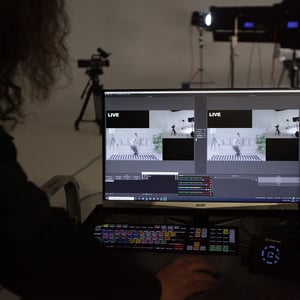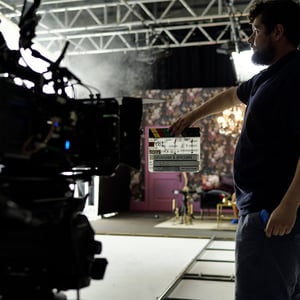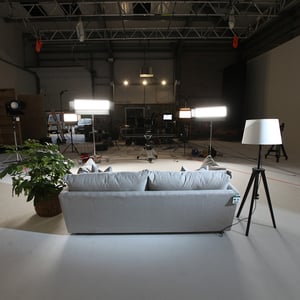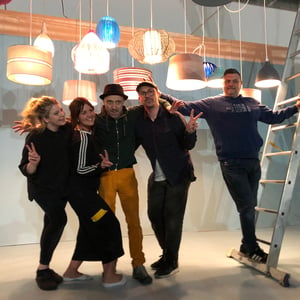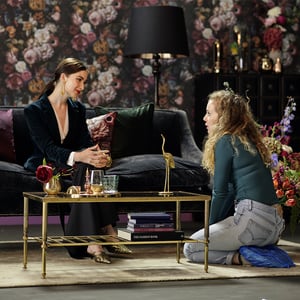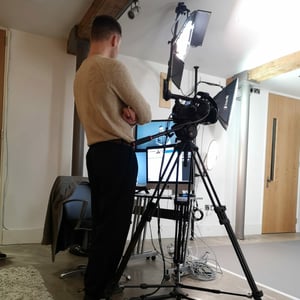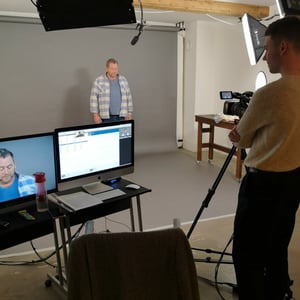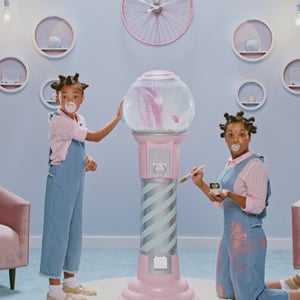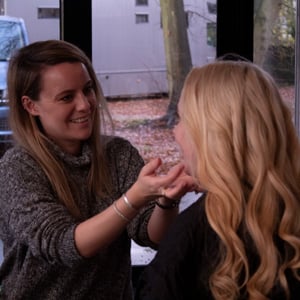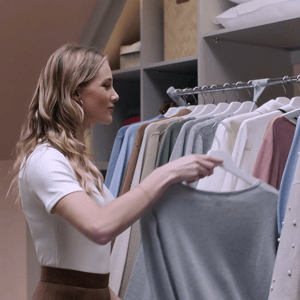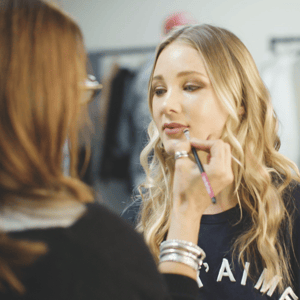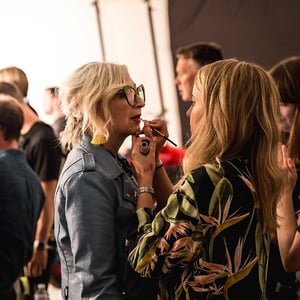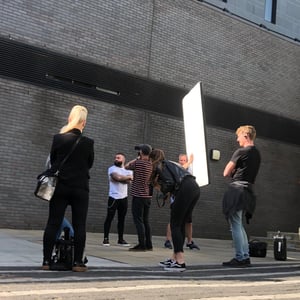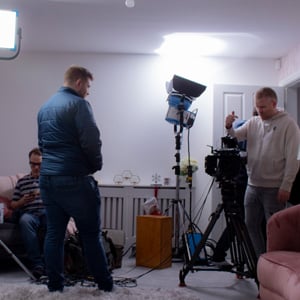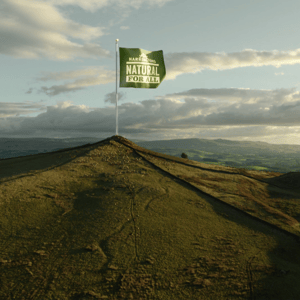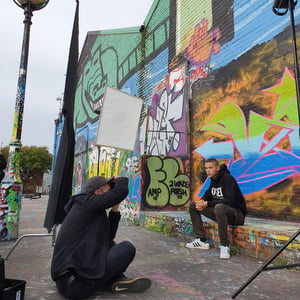Our production manager Lindsay Cowan talks us through the new norm for production...
Going to visit your family, grabbing a quick pint after work with your colleagues, even just walking out of your own front door - these seemingly ordinary activities have suddenly been taken away from us, and the world looks very different right now for everyone. Aside from being a difficult reality to swallow, our thoughts are with front line staff and those at risk or dealing with this disease. We couldn’t do this without them.
It’s impossible to think of a job or a business that isn’t being affected by COVID-19. Here in the world of production, we are just as devastated as the rest of the world about the impact that this virus is having on the entire planet. We’re in this with you, we don’t know what’s coming next, and we will have to adapt in the coming days as to how we use our skillset to help our clients and our amazing agency partners at this time.
Shoots as we know them are currently impossible to execute. Social distancing advice makes the conventional set-up irresponsible, it would endanger our staff, our clients, and consequently the rest of the community. We can only wait until social distancing becomes acceptable again, but how long will we have to wait? What will shoots look like on the other side? Will life ever be normal again?
A huge part of our ethos is to accept a challenge. Although we can’t continue in our usual form, we have managed to create a remote content studio where filming is possible using some cool technology and a work-at-home post production department.
But for those of you who still require the full scale shoot setup, here are our predictions and advice on how, and when, you’ll stop sneaking to the fridge every half hour for a snack and get back behind that directors’ monitor.
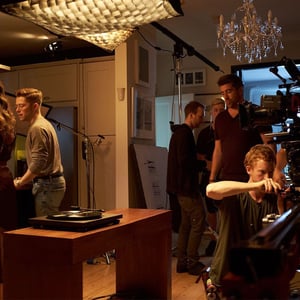
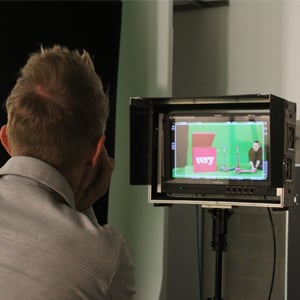
Numbers!
OK, we are used to operating shoots as small or as large as they come, with numbers as low as 25 and as high as, well...pick a number! Right now that just isn’t possible. Current government guidelines are indicating that they are not comfortable with gatherings of any more than TWO PEOPLE, which will be enforced for at least 3 more weeks. Even after the 3 weeks, we won’t immediately bounce back to real life. This could be months of reduced numbers on set. But this doesn’t mean filmmaking is over! There are several ways to approach this depending on your creative. Less people on set is fine if we increase the prep days - dress days, pre-light days and a main unit of 10 HOD's for final checks and camera only will become standard.
Castings
Let’s be realistic - we no longer want scores of people through the door and if we do they will have to be scheduled to avoid large numbers in the waiting room. Directors and agency can now live stream straight to the camera to keep the talent coming, so you have plenty of options. Agency and client will need to be in attendance online, uninterrupted as though they were in the room. This will be paramount to keeping the casting on schedule, avoiding people overrunning and build ups of people in the casting room.
Art department
Our work wouldn’t look so gorgeous if a creative team wasn’t fully behind it, prepping and refining until it’s picture perfect. Art department prep will need to start much sooner; longer lead times will become necessary in order to allow for approvals, increased timeframes for online deliveries and potential delays in physical shopping. We sometimes forget about the nature of things; what happens if the manufacturing industry takes longer to stabilise due to a slowly returning workforce or the effect of factory closures? If production lines do slow, we won’t be able to pop out and pick up last-minute items. PPMs will become stricter on approvals and order cut-off points to ensure that you have everything you could possibly wish for to dress your sets. Where location filming has to be compromised, we have all the resources to be able to facilitate set builds right here at our studios - we’ll just need a little longer than usual to get everything just right.
Lighting
Pre-light days will be necessary where possible, making sure we can perfectly design and light the areas needed for your shoot. This time will also be used to work out a system that requires as few crew as possible to operate. We will look at additional kit and more considered lighting design to avoid unnecessary crossover, and a gaffer to oversee the final movement and tweaks on the day itself.
Camera
One thing we can’t do without! The camera will have to be pre-built by our focus puller and AC's so that it is ready to be brought in for shoot times only. The creative will need to be carefully considered - will you need tracking shots or handheld? This makes all the difference to our numbers. Tracking shots mean grips; motion control is expensive but allows distance; handheld doesn’t come with the price tag but lends itself to a very specific, cinematic aesthetic.
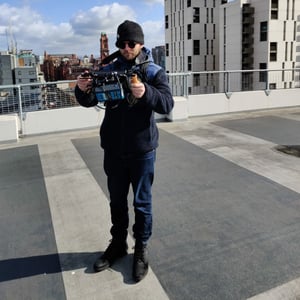
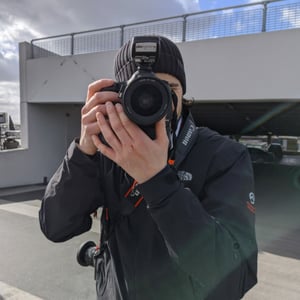
Styling!
Fitting days will become necessary, with our stylist preparing outfit choices in advance for artists to try on in empty dressing rooms and pictures taken from a distance to send to clients for approval. Assistants may need to be avoided in the initial weeks or even months.
Make up!
We’re yet to meet a makeup artist that can maintain precision at a 2-metre distance from their subject. There’s no getting away from the fact that makeup will breach the current social distancing guidelines; once up and running this will have to be considered a necessary evil in the short term.
Shoot day!
It's all in the prep as they say - on set, the above should all be carefully considered and planned in a timely manner. If we can make it work with fewer people then we will have a more efficient and safe environment. Directors and clients will have to have additional kit and monitoring to ensure they have their own space, away from each other, to view what is happening on camera. One head of department would then be on hand for checks - when they’re absolutely sure that everything is in its right place, it’s action and go!
This is all great in theory. In real life we know that everything changes, especially in this industry. Every production will need to be carefully crafted and planned, with even more prep for larger casts, complicated set ups and location shoots.
Locations add a whole other perspective and level of planning!
Permissions will take longer, scouting will be more complicated and take longer to keep the same standard and number of options. Closures of public spaces to allow filming to proceed may all become necessary. The simple fact is we just don’t know. PPMs will need to be earlier to allow for approvals before final permissions are submitted. Care and full risk management must be taken, and this takes time.
It is early days and we plan to combat this. The above is already what we have come up against. Rest assured that we are planning and preparing to produce content for when we can again shoot. The world is changing and so must we!
